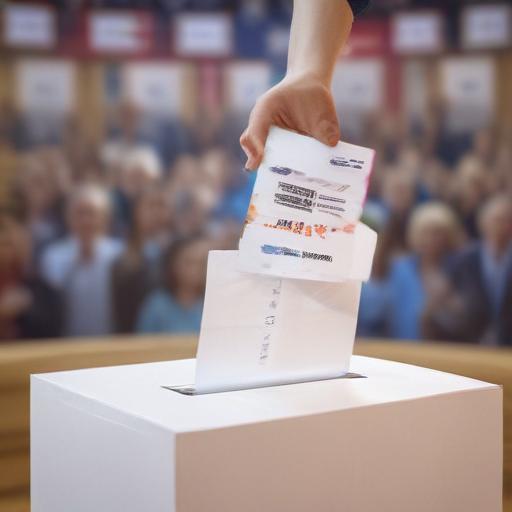In a recent primary, Andrew Cuomo’s campaign for mayor faced numerous setbacks, culminating in his concession to Zohran Mamdani. Despite the initial optimism leading up to the primary, with Cuomo’s super PAC, Fix the City, having raised over $24 million, many donors expressed concerns about the lack of a solid plan for voter turnout. The atmosphere during donor meetings was tension-filled, indicating that confidence among supporters was waning.
Pollster Mark Penn had initially presented a survey indicating Cuomo maintained a double-digit lead, but as early voting results started to show troubling signs, those expectations diminished. Critics pointed out Cuomo’s reliance on name recognition, which may not have effectively translated into votes, especially given the changing dynamics and demographics within the electorate.
Cuomo’s campaign strategy included heavy collaboration with unions, aiming to leverage the institutional support that seemingly once guaranteed victories. However, political experts like Hank Sheinkopf argued that the influence of such institutions has diminished, suggesting that unions alone cannot drive voter turnout without substantial campaign effort.
On the other hand, Mamdani’s campaign effectively energized new voters, particularly within South Asian and Muslim communities, leading to a substantial increase in first-time voters from around 3% in 2021 to nearly 25% this primary season. His energetic outreach efforts included public appearances and a notable presence on social media platforms, which contrasted sharply with Cuomo’s more subdued campaign style.
The generational shift in voter priorities was clear, with younger voters rallying behind Mamdani’s vision over Cuomo’s longstanding political approach. This primary served as a pivotal moment reflecting the changing landscape of the Democratic Party in New York.
Cuomo has expressed intentions to remain on the general election ballot under the “Fight and Deliver” party, though it remains uncertain how actively he will campaign. While Fix the City officials expressed pride in their expedited efforts, the overall outcome has raised questions about the efficacy of traditional campaign strategies in today’s political environment.
The fallout from this primary highlights a shift in engagement and voter mobilization strategies, emphasizing the need for candidates to adapt to new voter demographics and preferences. As the political landscape continues to evolve, the significance of renewed efforts to engage with constituents on a more personal level will only increase in importance.
